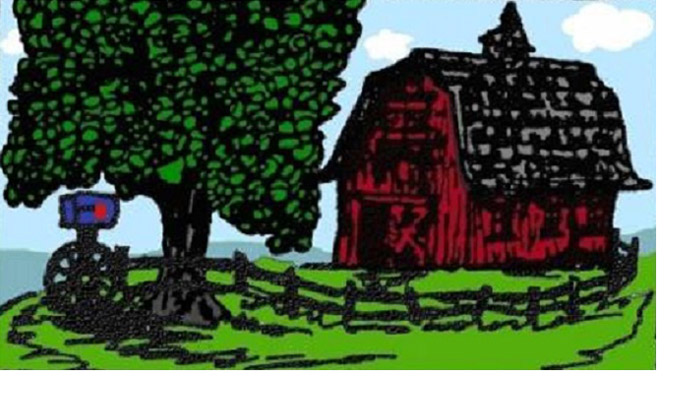If flooding in your basement or yard is a common problem, then a French drain system may be your solution. French drains are a system of ditches and pipes that are used to divert water away from a specific area, like a home’s foundation.
Are They Worth It?
A properly installed French drain can help prevent water damage to your home and surrounding property. The main benefits are they can help prevent flooding and reduce the risk of long-term water damage to your property. Poorly draining soil and low ground can easily leave standing water in your yard. Not only can this be a nuisance, but it can also be a threat to your property. Stagnant water can result in lawn, tree, basement and foundation damage, which can hurt your home’s value and lead to costly repairs down the road.
Do They Work?
To move water away from one area to another, a French drain system consists of a ditch lined with gravel and a perforated pipe that drains the water. This water is diverted by gravity to the appropriate place, usually a drainage ditch, sump pump, storm drain or sewage system. The French drain provides an easy path for water to flow through the gravel and into the drainage pipe. The perforated pipe should also be at a downward-sloping angle to allow gravity to do its job. A weeping tile or interior French drain can also be used to prevent basement flooding and protect the property’s foundation from water damage. A weeping tile is a type of French drain and is used to protect a structure against hydrostatic pressure. They’re placed around the perimeter of the home to draw water away from the foundation.
How Are They Installed?
Because installing a French drain is such a large project, sometimes requiring permits, contacting a professional is usually recommended. You’ll also need to call 811 before you dig to make sure you don’t accidentally interfere with any gas or utility lines underground when you make your trench. Once an area has been marked and cleared for digging, a trench is dug and lined with landscaping fabric to keep weeds and roots from clogging the pipe. Then, they’ll place the inlet grate at the top of the trench and start installing the pipes. They’ll continue installing the pipes until they get to the drainage point. After the pipes and grate are installed, they’ll test the drain to make sure everything is working properly and then they’ll cover the trench by filling it with gravel and topsoil.
Can They Impact the Resale Value of a Home?
Water damage can be detrimental to a home’s value and can lead to expensive repairs down the road. If you’re experiencing water damage on your property, the best thing you can do is figure out the root cause of the issue and fix it to prevent any further damage. A French drain is a worthwhile investment if it will help protect your home and yard. If installed correctly, it shows prospective buyers that you took care of your home and were willing to invest in the right projects to maintain it.
